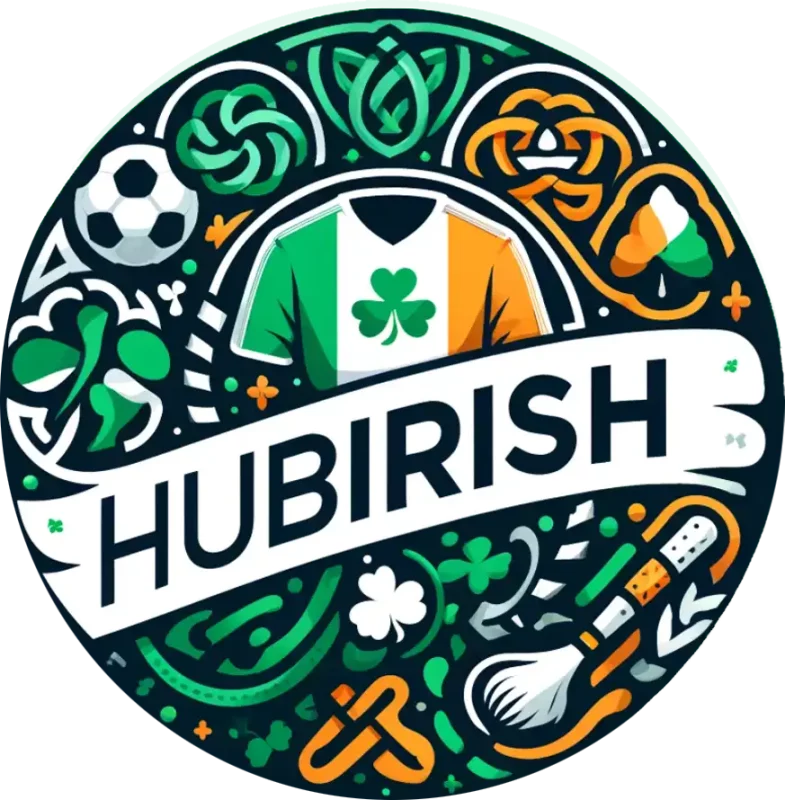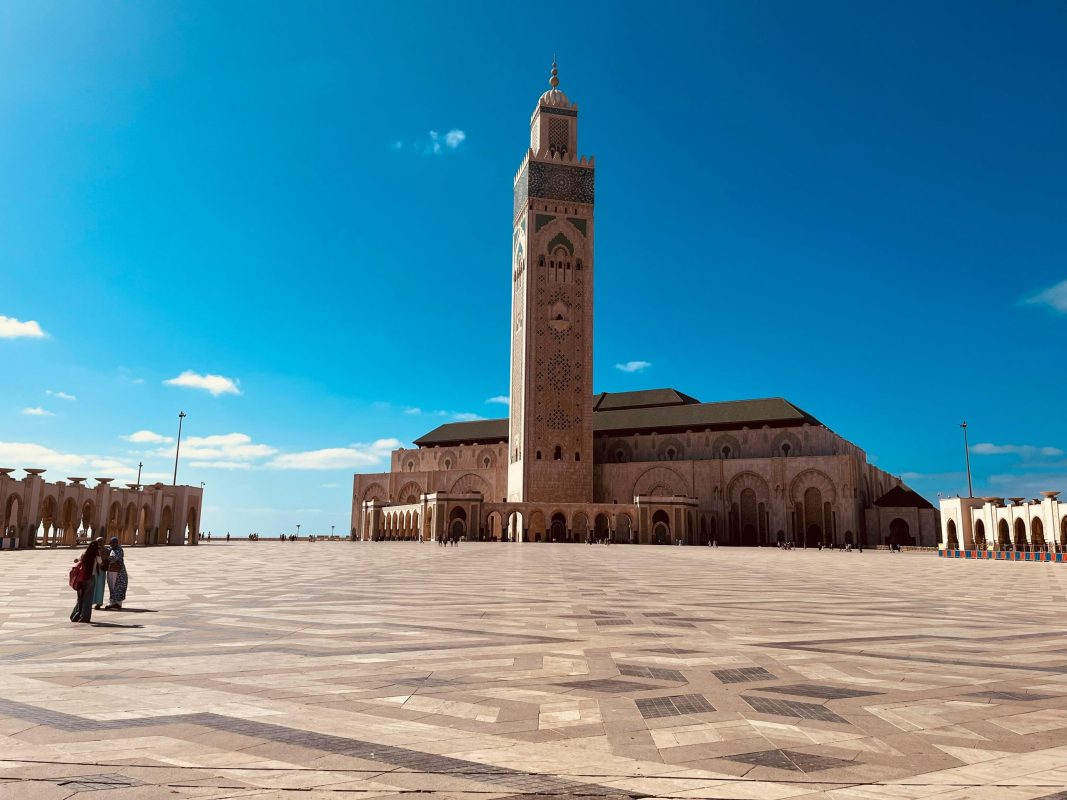Uncategorized
Riverdance and the Awakening of Irish Pride
The Day the Riverdance Revolution Danced Out of Ireland’s Shadows: How a Show Changed Our Global Identity
Estimated reading time: 6 minutes
Key Takeaways
- Riverdance emerged as a cultural phenomenon in 1994, showcasing Irish identity globally.
- The performance blended traditional Irish music and dance, capturing hearts worldwide.
- It continues to influence modern art and culture while addressing contemporary issues.
Table of Contents
Introduction
The Heart of the Story
The Wider Echo
The Now & The Next
Did You Know?
FAQs
Final Word
Introduction
Ah, gather ’round, ye sons and daughters of Éire! Let me take you back to a time when the world caught a glimpse of our spirit — bare, bold, and bursting at the seams like a fresh loaf of brown bread. It was 1994, a fateful spring night in Dublin, when Riverdance clambered out of the shadows of the past, hot-footing its way into the hearts of millions. It was more than a dance; it was an awakening, a declaration that we were here, loud and proud, shaking off the dust of centuries-old tales and ready to dance them into a new age.
The Heart of the Story
Picture this: a smoky pub in Galway, the air thick with laughter and the scent of stout. Old men with weathered faces swap stories about the past, and all eyes turn to the screen as a chorus of taps bursts forth from the stage, mesmerizing them with the story of our land told through the cadence of feet. Riverdance pulled the curtain back, revealing a kaleidoscope of culture that mirrored the heart of our nation — where the lines of music and motion intertwined like the rivers that bless our fields.
When Michael Flatley and his merry band of dancers became the unsung ambassadors of our culture, it was like a roaring bonfire was lit on the hills of our homeland. They took the traditions forged in the flickering flames of history and flung them into the modern arena, reminding the world that our stories, our rhythms, and our identity were worth celebrating. This wasn’t just about a show; it was about reclaiming the narrative that had often been overshadowed by centuries of struggle and heartache.
The Wider Echo
The ripple effects of that dance went far beyond our shores. The world paused, captivated; nations as disparate as Japan and Brazil found themselves tapping their toes to a heartbeat that originated from our emerald isle. Every ticket sold wasn’t just a step forward on a stage but a declaration of our rightful place on the global stage too. It wasn’t merely a cultural performance; it became a symbol of resilience, an overture that resonated deeply amid our diaspora, from Boston to Sydney, igniting pride in hearts weary from longing.
The Now & The Next
Fast forward nearly three decades, and this dance still echoes in the hearts of a new generation, each footfall a reminder of home. But as we revel in the light of Riverdance, we must also carry the weight of the shadows — the housing crisis, the emigration that still tears families apart, and the struggle for identity in a rapidly changing world. Those young ones wearing their GAA jerseys bear witness to a culture not just of dance but of unity and community, much like our beloved Riverdance pulled us together under one banner, uniting us against the adversities of the modern age.
Did You Know?
- Riverdance was originally conceived as an interval act for the Eurovision Song Contest in 1994. Who knew such magic could come from a 7-minute performance?
- Since its debut, Riverdance has become a cultural phenomenon, seen by over 25 million people in over 47 countries, making it a true testament to the power of our cultural stories.
FAQs
What impact did Riverdance have on traditional Irish music?
Riverdance revitalized interest in traditional Irish music and dance, sparking a global wave that led to many contemporary artists drawing inspiration from our rich history, including those in the vibrant Irish music scene.
Is Riverdance still performing today?
Absolutely! The show continues to breathe new life into theaters across the globe. Each performance brings a fresh energy, intertwining the old with the new, uniting audiences in a shared revelry that serves as a dance between past, present, and future.
Final Word
So, dear readers, the next time you see a dancer’s feet flying across the stage, let it remind you: we are the sum of our stories, our struggles, and our triumphs. Riverdance didn’t just change a performance; it changed how the world saw us — a tapestry woven from resilience and grace. If you carry the same pride we do, you’ll find a piece of home waiting at
HubIrish.com.

